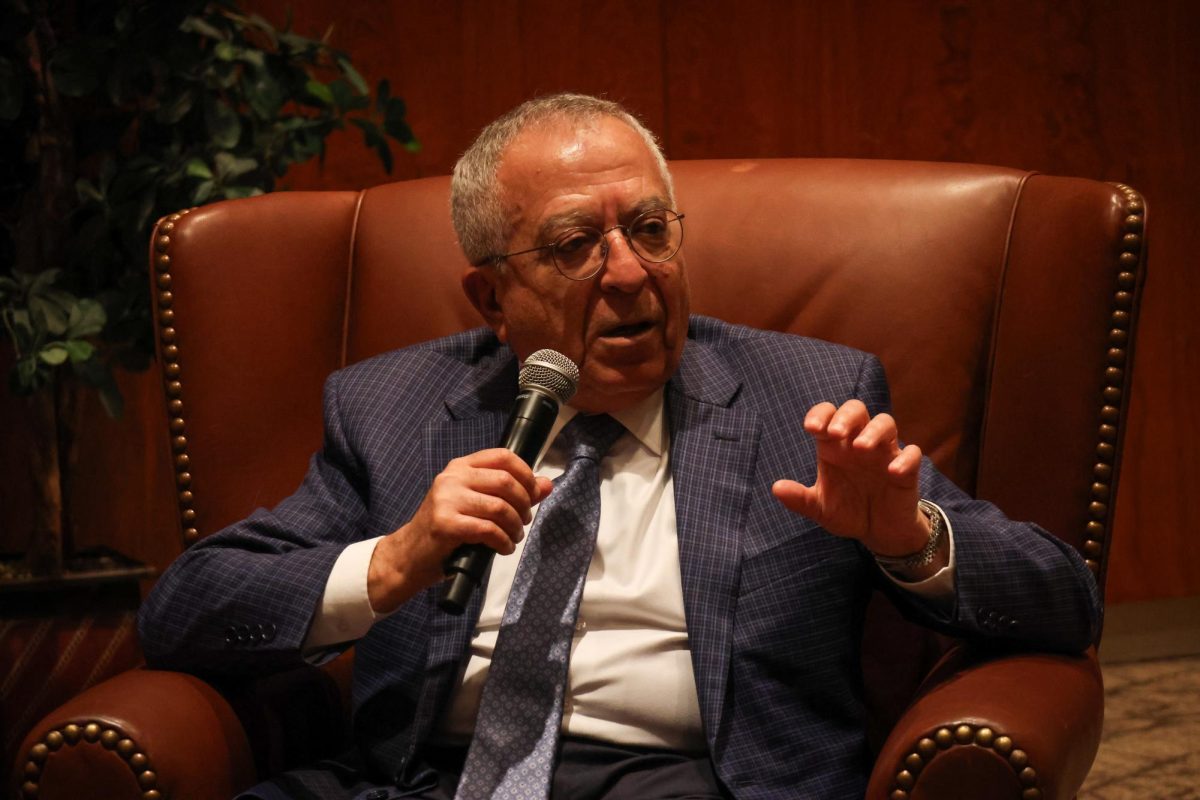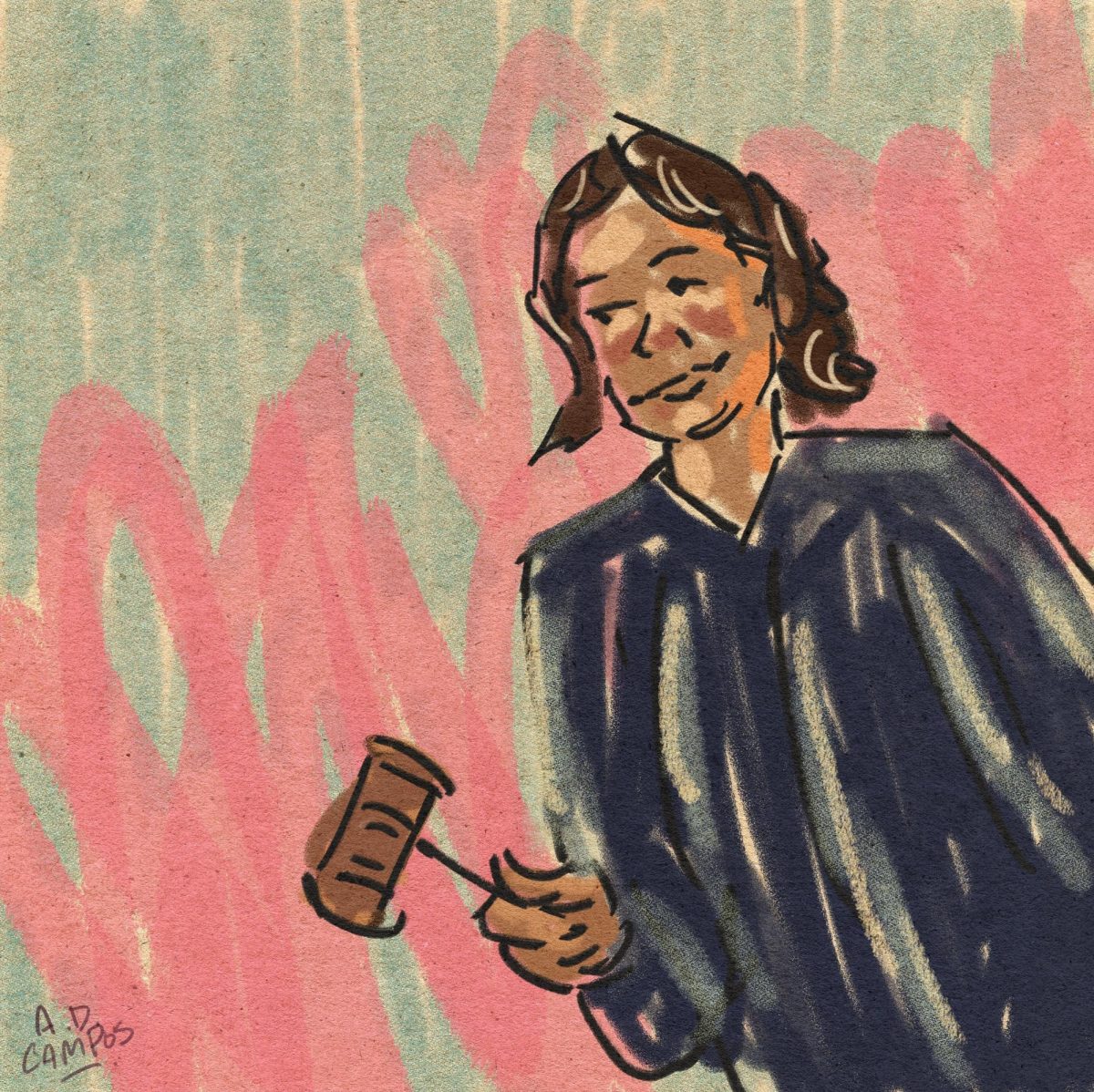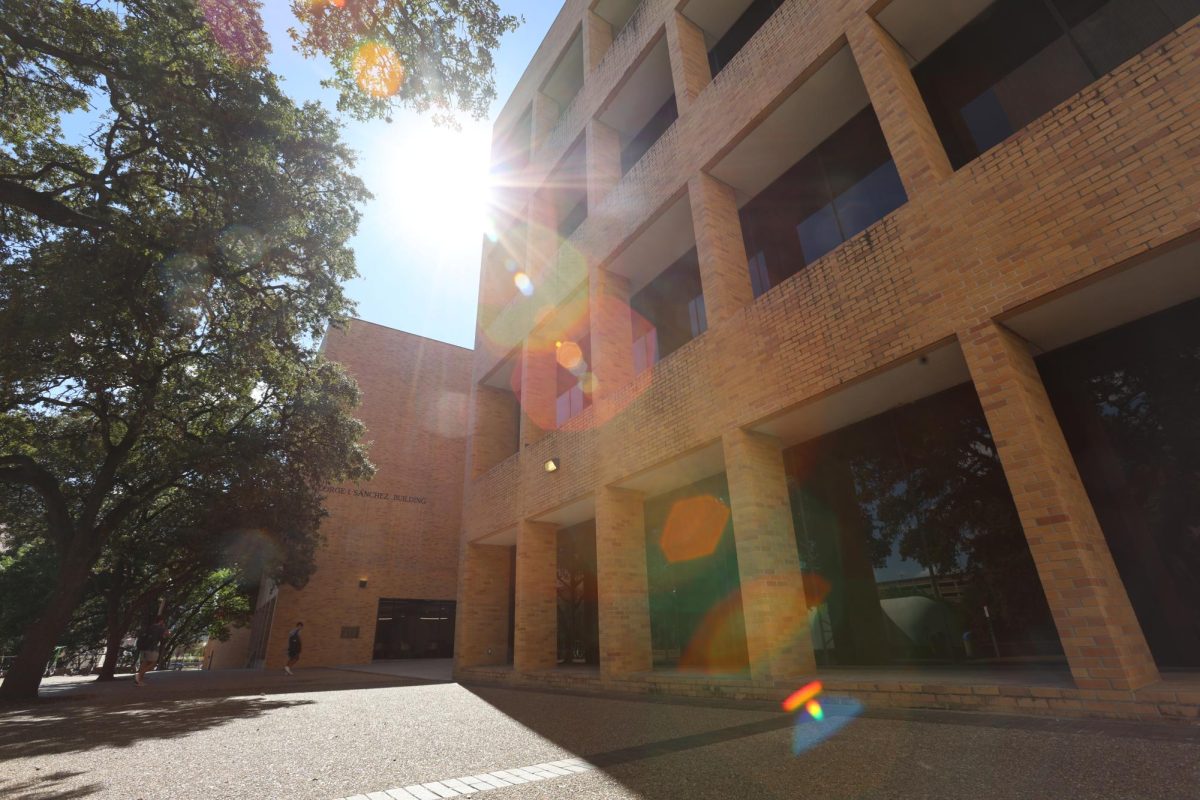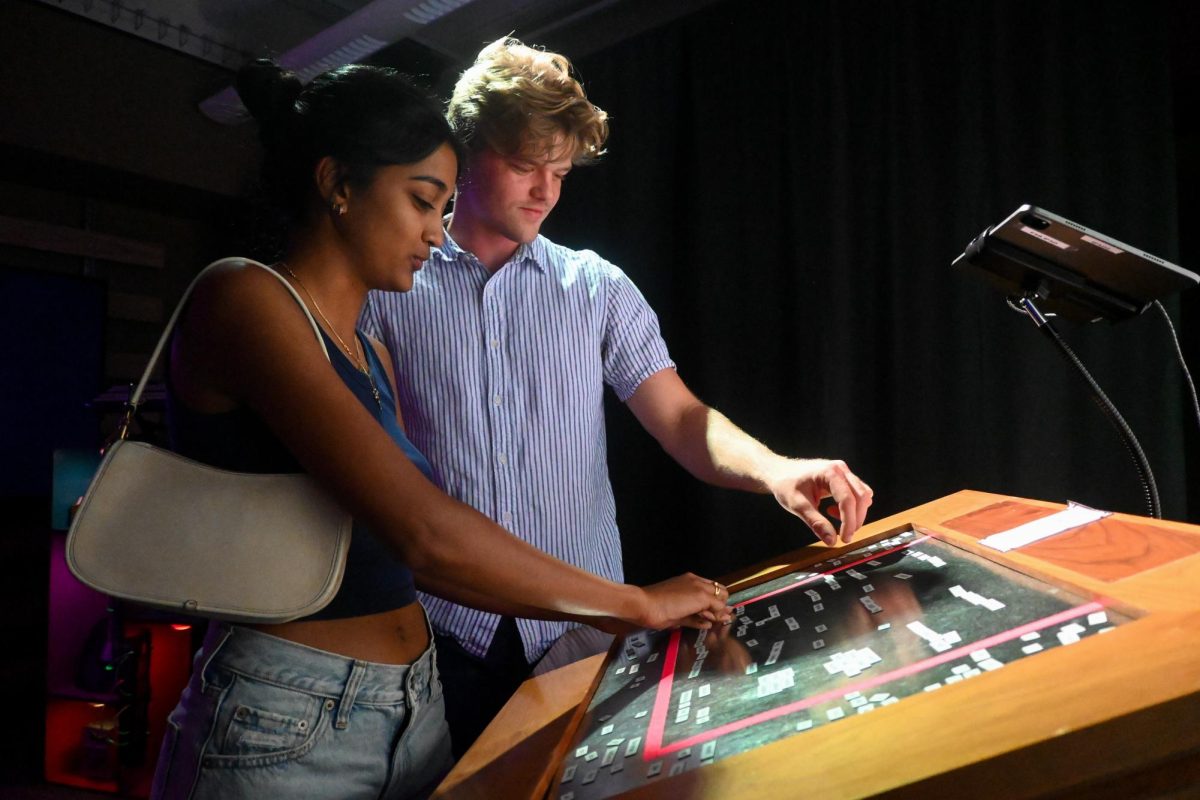As exams, final grades and the end of the semester approach, students allow mental health to become their lowest priority — something the UT Counseling and Mental Health Center aims to counter.
From 2009 to 2016, there has been a 53 percent increase in the number of students served by CMHC, according to the center’s fact sheet. Dr. Marla Craig, associate director for clinical services, said students especially call for CMHC services — located on the fifth floor of the Student Services Building — during March and April.
“You have thoughts about the coming year and summer — Should you study abroad? Summer school? An internship?” social work freshman Brooke Bernard said. “All those things are hard to balance.”
There isn’t one particular reason for this increase in student activity with CMHC. But, knowing that this is one of the busiest times of the year helps the center handle the large influx, Craig said.
“We receive most calls at the end of each long semester,” said Katy Redd, associate director for prevention and outreach. “There’s no science to it, necessarily. They’re feeling overwhelmed.”
Some services CMHC provides include group counseling, case management and community referral agencies, crisis appointments, psychiatric and medication services, a prevention and outreach team, two MindBody labs, and a peer education program.
“Having professionals is important, but so is having peers that allow students to connect,” said CMHC Teaching Assistant Gustavo Molinar, student coordinator for the mental health peer education program. “It’s more relatable.”
Although some students stigmatize mental health issues, students are not alone in what they are experiencing, and it’s necessary to educate themselves about mental health to reduce the stigma, said Molinar, a psychology and health and society senior.
“There are a lot of stigmas,” Bernard said. “We get too hush-hush because we don’t want people to put a label on us, but I would think that if I wasn’t being myself anymore, you have to seek those services.”
Students can call the center or walk-in to consult their options. A counselor meets with the student and discusses what service will best meet the student’s need. Students can receive the CMHC services multiple times, Craig said.
“It doesn’t have to be serious or severe,” Craig said. “My hope when students come is that they feel welcome, less stigmatized and validated.”





















